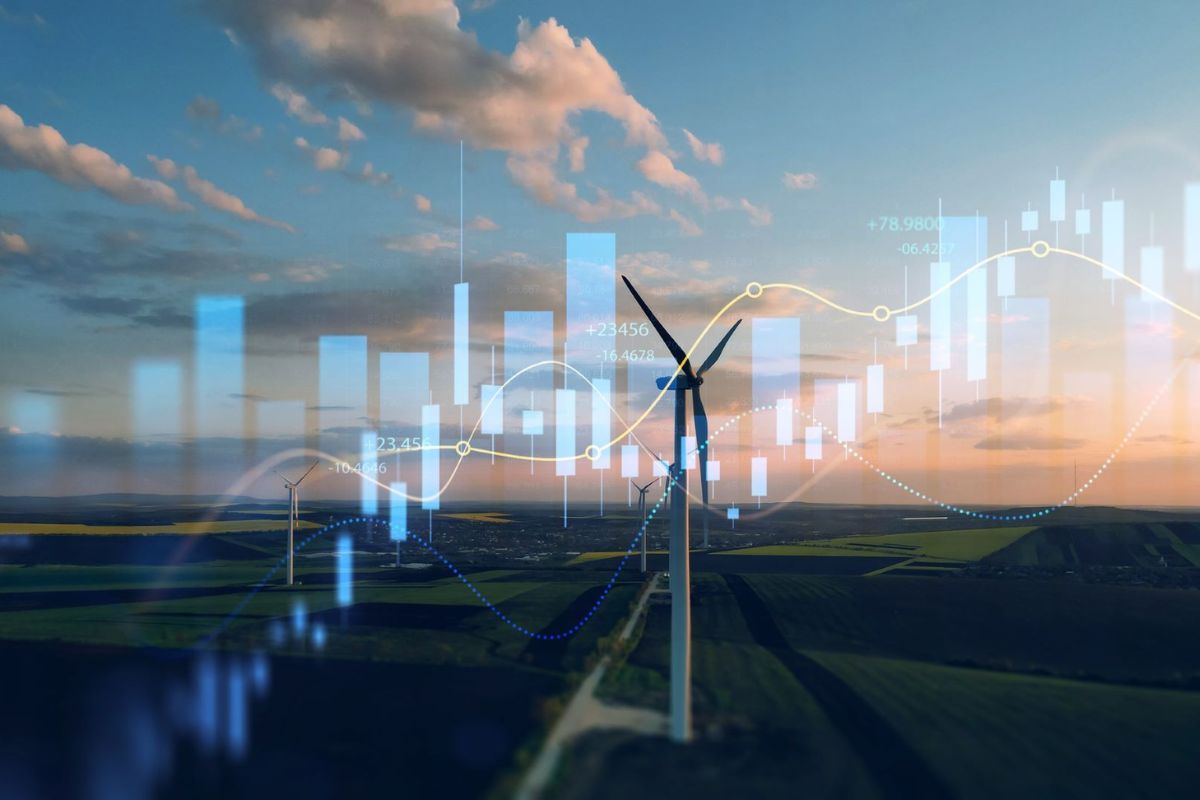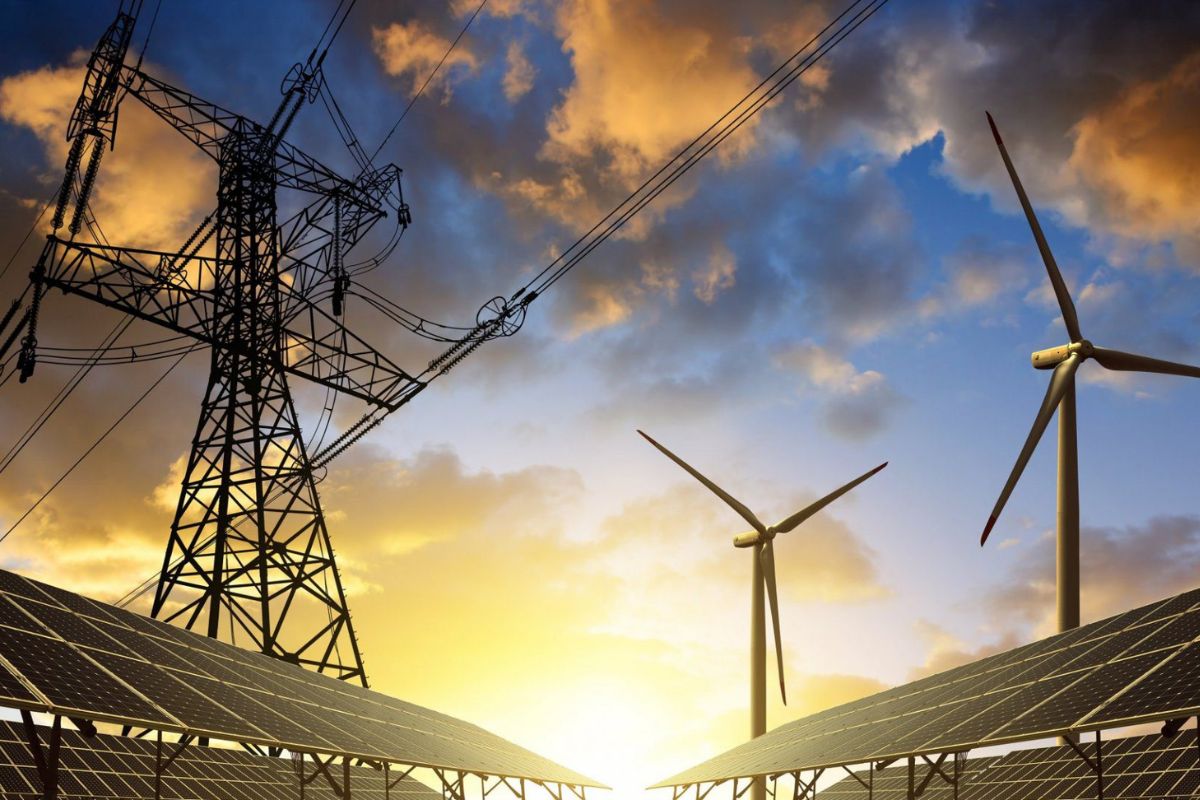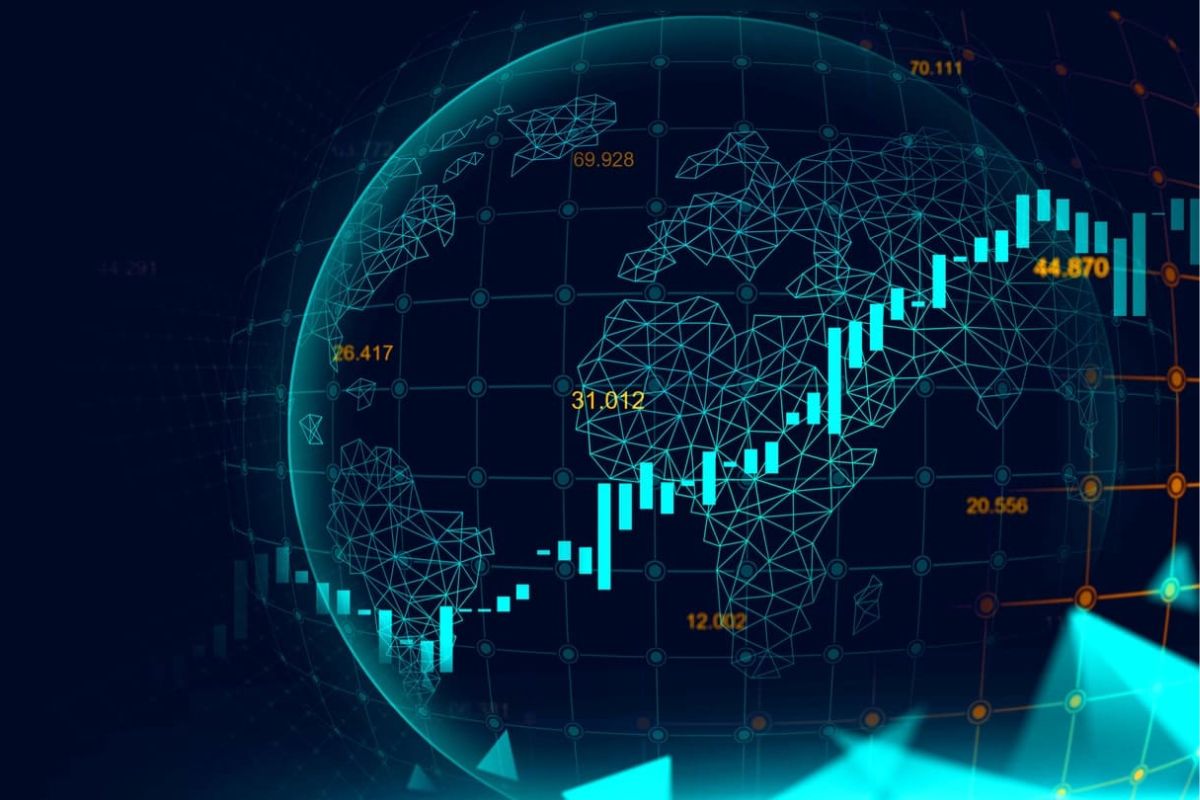
Energy markets and energy trading are critical components of the global economy, dictating the sophisticated flow of resources that power companies, enterprises, and families worldwide. It is more than simply transactions on a screen; it is what happens in the background that allows lights to turn on, machines to function, and economies to flourish. This essay delves deep into the energy sector, shining light on its core ideas, investigating its economic feasibility, analyzing the alluring investment options it provides, and presenting a panoramic perspective of the current global scene.
Overview
Energy is legally attached when specific entities hold the sources and means of collecting and transporting it. The nation’s fuel and energy complex is a network of energy industries, businesses, and organizations that prospect, explore, extract (produce), process, transform, store, distribute, and consume energy and energy resources to meet population and economic needs. It creates the energy market. Energy markets include energy and energy carrier markets as energy needs a source and a carrier.
Organizational and economic mechanisms like energy markets, which follow commodity production norms, provide energy resource circulation domain smoothness. However, energy resources are merely material carriers of energy that FEC entities change into conditional fossil fuels as a unit of energy during fuel and energy balance planning. The nature of energy-sensitive social relationships is governed by energy resources, which carry different types of energy. The most common are fuel oil, gasoline, natural gas, and oil.

Trade in energy carriers involves buying renewable or non-renewable energy sources during exchange trading. Regularity and organization of trade, better buyer and seller protection via standard contracts and clearing processes, and standards-based commodity quality certification differentiate the exchange market. Transparent pricing helps firms make long-term energy resource planning.
Several types of energy are gaining popularity among energy market:
- Crude Oil: Crude oil is a vital resource whose price reflects the global economy. Financiers love crude oil too. Even expert analysts struggle to anticipate black gold’s price due to its various elements.
- Natural Gas: Buying gas on exchange is cheaper than OTC. The three trading coordinators—the exchange, clearing organization, and commodity supply operator—charge far less for supply and sales services than regional gas businesses. Additionally, exchange contract buyers do not pay for gas calorific value. Organization of exchange deals with delivery for any month is another trading breakthrough.
- Electricity: Retail energy marketplaces sell wholesale and capacity market solar power and electricity from non-wholesale producing businesses. On retail marketplaces, guaranteed supply corporations, energy sales organizations, and electric power (capacity) producers may sell and acquire capacity.
Energy Markets Trends 2024
Global demand for energy is expected to expand faster during the next three years, increasing by an average of 3.4% per year until 2026, due to a stronger economic outlook. Forecasts indicate that the energy sector in the world will expand between 2024 and 2028 at a CAGR (compound annual growth rate) of 4.84%.
Power consumption is predicted to rise internationally owing to a variety of regional variables, including increased energy demand in developing areas, global electrification, and expanding green hydrogen demand. Renewable energy’s contribution of the global power mix might more than quadruple over the next 20 years.

Governments and businesses are rethinking supply chains and infrastructure while investing in new technology and adaptation measures. At the United Nations Climate Conference (COP28), 200 nations advocated for a transition away from fossil fuels. The Inflation Reduction Act and a high demand for renewable energy have resulted in the creation of over 100,000 new climate employment in the United States.
Despite global efforts to cut fossil fuel usage, demand for oil, gas, and coal will remain at a record high this year. Natural gas output will rise by 2.2%, led by North America, Norway, North Africa, the Middle East, and Australia. Oil prices will continue high as OPEC and Russia balance supply and demand. Even while coal consumption has fallen substantially in most industrialized nations, demand in emerging countries remains high, driven by India, China, and Indonesia. This is due to increased demand for energy and poor hydropower generation.
Other key considerations in the industry include the possibility that power consumption by data centers, artificial intelligence (AI), and the cryptocurrency sector may treble by 2026, while renewables are on pace to deliver more than a third of total world electricity by early 2025, surpassing coal.
Some interesting predicts about energy market
- Coal, oil, and natural gas usage peak around 2030, but stay high until 2050 in many scenarios. To meet international climate objectives, all three fossil fuels must drop substantially faster, as if they were a peak rather than a plateau.
- Although they are contentious for a number of reasons, carbon dioxide removal (CDR) technologies are being implemented quickly and at scale in any scenario that limits global warming to 1.5°C or 2°C by 2100. This highlights the need for strong monitoring, reporting, and verification criteria, as well as additional safeguards to avoid CDR from posing significant new environmental or societal concerns.
- Demand for energy-related metals and minerals is expected to expand substantially, especially under Ambitious Climate scenarios, with certain important minerals increasing by orders of magnitude. Such expansion generates new concerns about supply prices, geopolitics, local environmental repercussions, and other issues.

How to Trade the Energy Market?
Energy trading is the exchange of energy commodities using different financial instruments, allowing traders to bet on future price changes.
- Futures contracts: Futures contracts are the backbone of energy trading. Energy commodities may be bought or sold at a predetermined price and delivery date in the future via legally binding contracts called futures contracts. Futures contracts are exchanged on regulated exchanges, such as the NYMEX for crude oil and natural gas.
- Options contracts: Options contracts provide traders the right, but not the responsibility, to purchase or sell an energy commodity at a predetermined price (strike price) within a certain time frame. Options provide traders greater flexibility and risk control tools.
- Spot: Spot trading, on the other hand, refers to the instantaneous trading of energy commodities at the current market price. Spot markets allow traders to profit from short-term price swings and current market circumstances.
- Indices and Mutual Funds: Indices and mutual funds provide exposure to energy markets. These vehicles let investors participate in a larger portfolio of energy-related assets, lowering the risk associated with individual firm performance. Indices measure the performance of a certain market sector, while mutual funds are managed by experts who make investment choices on behalf of their clients.

Factors impact the energy market
Energy market prices may be affected by a variety of things. There are certain causes that will cause short-term volatility, while others will only be apparent in the long run. However, the following are some of the most essential elements that investors evaluate when determining energy market prices.
Supply and demand
When supply and demand are in equilibrium, it may have a significant impact on the value of energy assets. Prices tend to rise as a result of scarcity when demand is strong and supply is low for a certain energy commodity. The inverse is true as well: when supply exceeds demand, prices tend to fall.
For instance, according per S&P Global Platts Analytics Future Energy Outlooks, the demand for oil dropped by 2.5 million barrels per day during the COVID-19 pandemic because to the worldwide economic activity’s decline. As a result, oil prices fell precipitously over the globe.

Geopolitical events
Geopolitical events have profound effects on energy prices. Conflicts and tensions between countries can disrupt the supply of energy commodities, causing price fluctuations in the market. As the need for alternate energy sources surged due to gas supply delays during the Russia-Ukraine War, oil prices rose.
Macroeconomic conditions
Energy consumption is affected by consumer expenditure, industrial activity, and economic development. A strong economy generally leads to increased energy consumption and higher prices, while a weak economy can result in decreased demand and lower prices.
You may find more in-depth analytical articles regarding the energy market in general, and energy trading tactics in particular, on WeCopyTrade. All market changes are updated on a regular basis, including stocks, cryptocurrency, and FX. Furthermore, Wecopytrade offers a funded trading program, which allows customers to get a pre-financed sum to experiment with trading while sharing profits here https://wmt.wecopytrade.com/.





